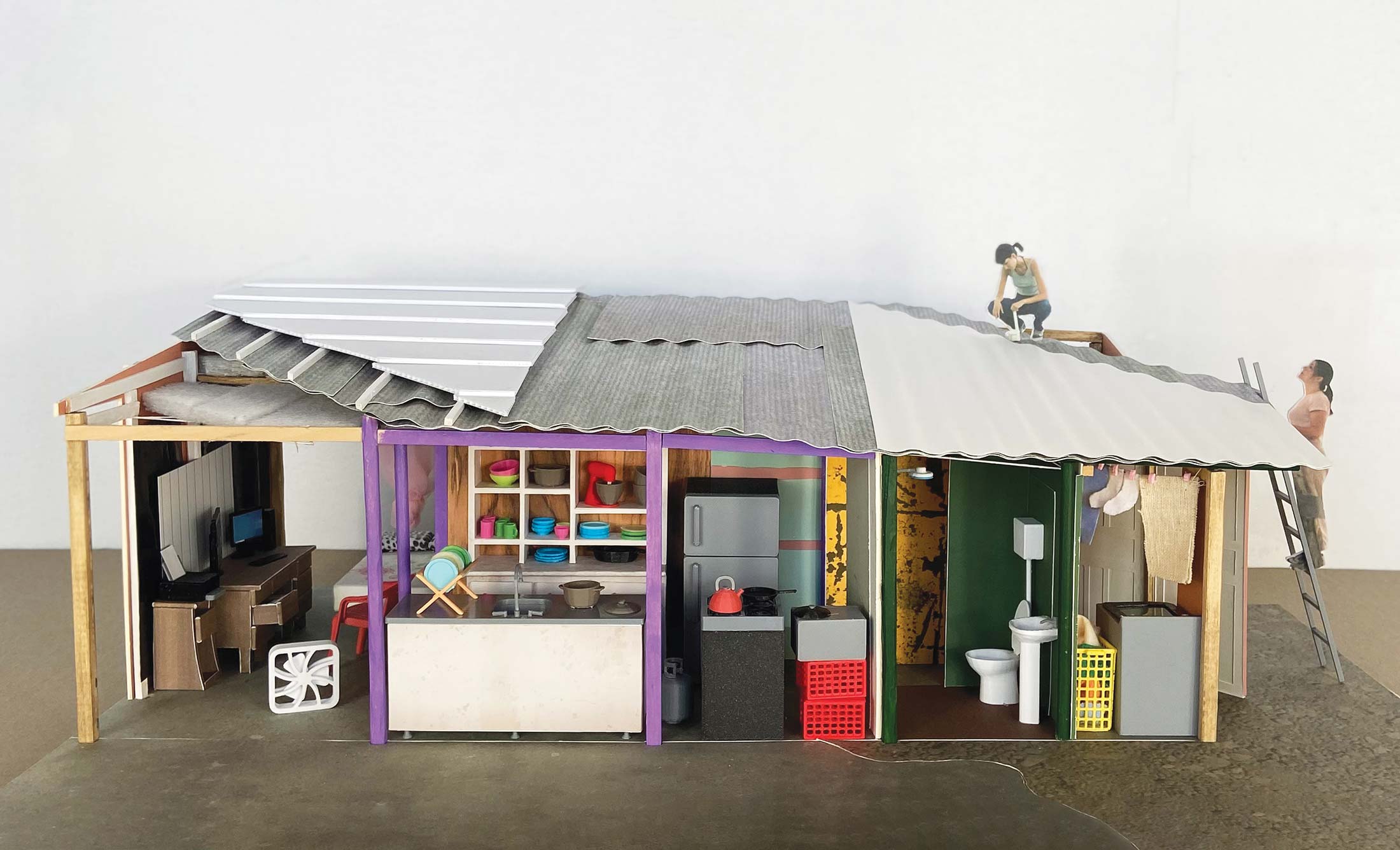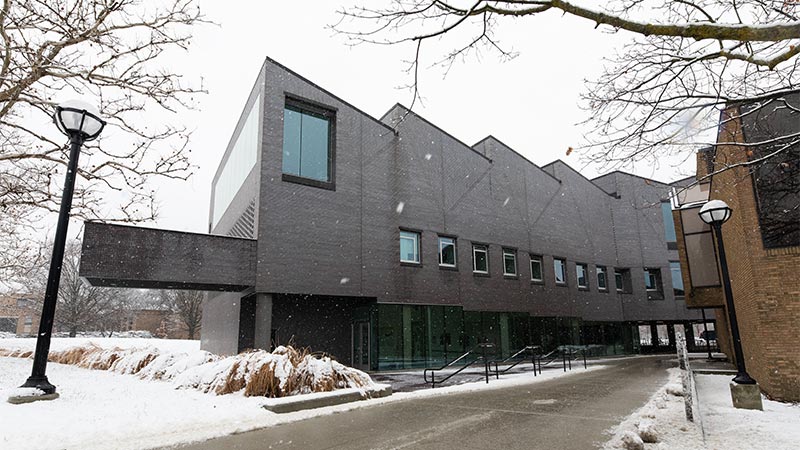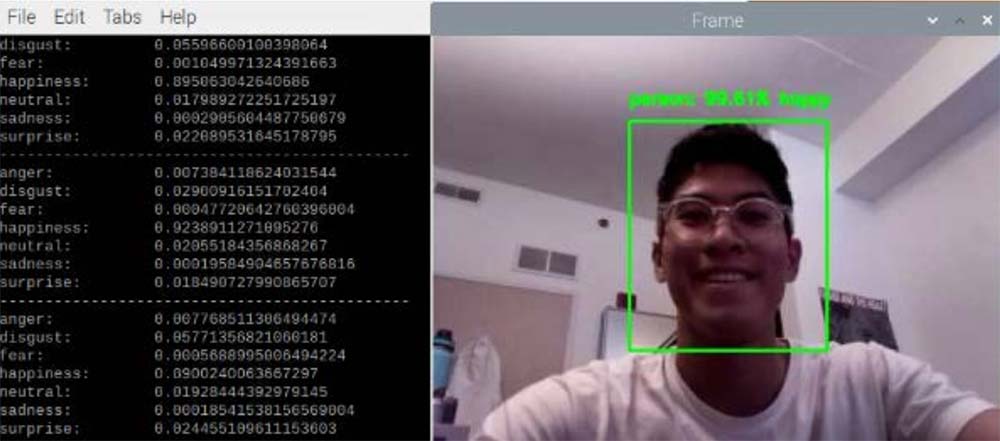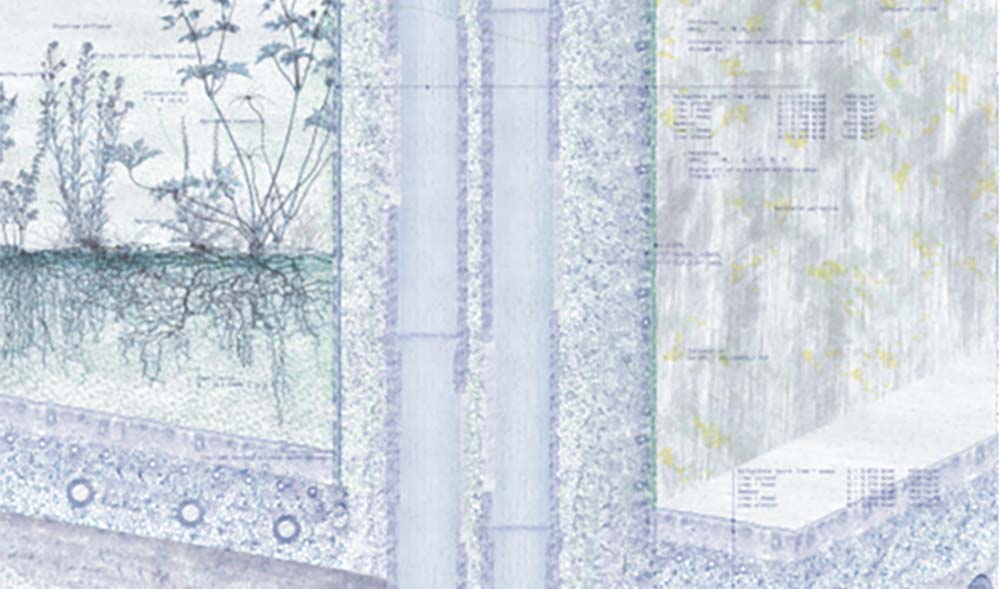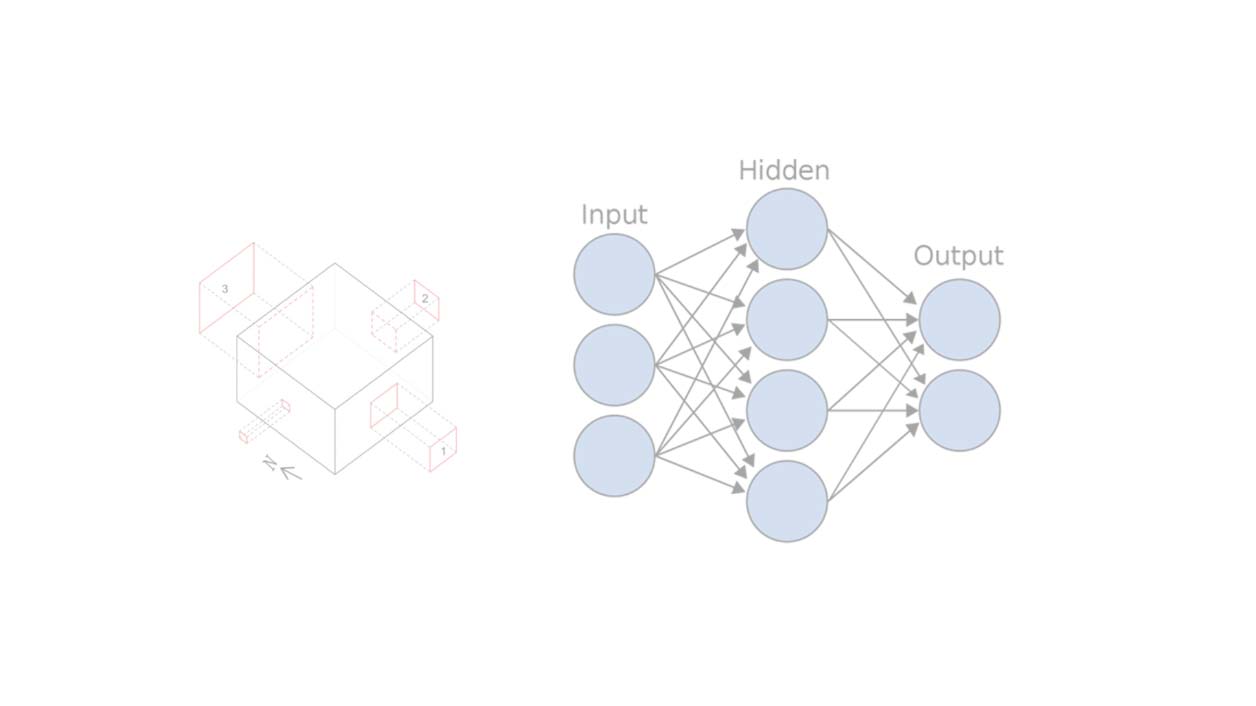Lars Junghans
Lars Junghans is an associate professor of architecture at the University of Michigan’s Taubman College of Architecture and Urban Planning. His research is focused on the development of high-performance buildings with a comprehensive view of all aspects of the building’s thermal behavior, including passive design, active strategies and renewable energy systems. His research aims to find holistic optimal solutions for the challenges of buildings in different climate zones. His interdisciplinary research work includes aspects of building automation, economics, statistics, design optimization, and building physics. Further research work includes the development of economic feasible net-zero emission buildings.
Junghans gained extensive practical engineering experience in European Architecture and Engineering firms, that are known for the planning of high-profile architectural projects. As a collaborator with architecture firm Baumschlager & Eberle, he was responsible for the comprehensive design of energy concepts at all levels of the building design and construction process. In both firms, he was responsible for the energy-concept planning of large-scale building projects across a range of typologies, such as high-rise office buildings, educational institutions, hospitals, and multi-family complexes. In an intensive collaboration with the Austrian architect Dietmar Eberle, he developed the energy concept of the award winning “22/26” office building, which was completed in 2013 and is the first office building in a cold climate without a conventional mechanical heating, cooling, and ventilation system.
Junghans began teaching as a lecturer at the University of Liechtenstein in parallel with his career as a professional engineer. Subsequently, in 2010, he started his academic career at Taubman College, with a special focus on sustainable architecture, building technology, and building physics.
Junghans received a PhD in building science from the Swiss Federal Institute of Technology ETH. His doctoral thesis focused on integrated façade technologies and HVAC systems for tropical and subtropical climates. As a postdoctoral fellow at the University of California, Berkeley, he worked on the development of a dynamic simulation tool designed to provide predictive feedback for architectural office applications through design phases of project development.







